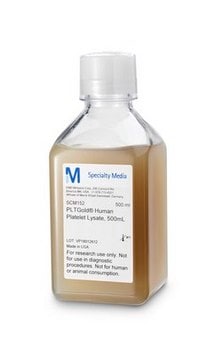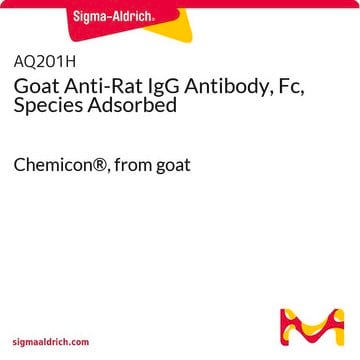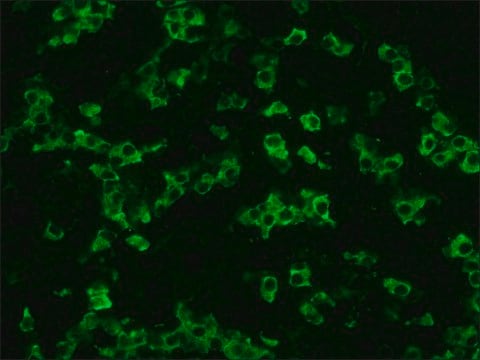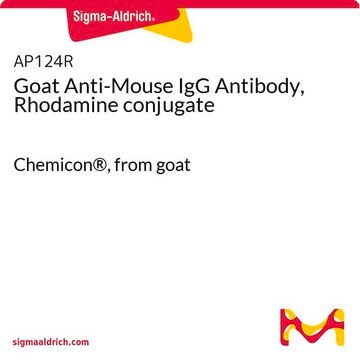The main difference is that PRP contains "whole" platelets (a type of blood cell), while PLTMax is a platelet "Lysate" i.e., it is a platelet "extract" that contains platelet growth factors rather than whole platelet cells.
The manufacturing process for SCM142 is summarized below. An appropriate lysis buffer is used to lyse the platelets to prepare the lysate/extract. Further details are proprietary.
Please see the details below:
1. PRP stands for Platelet-rich plasma.
"Platelet-rich plasma consists of two elements: plasma, or the liquid portion of blood, and platelets, a type of blood cell that plays an important role in healing throughout the body. Platelets are well-known for their clotting abilities, but they also contain growth factors that can trigger cell reproduction and stimulate tissue regeneration or healing in the treated area. Platelet-rich plasma is simply blood that contains more platelets than normal.
To create platelet-rich plasma, clinicians take a blood sample from the patient and place it into a device called a centrifuge that rapidly spins the sample, separating the other components of the blood from the platelets and concentrating them within the plasma".
This information can be accessed in the link below:
2. The following information below is found for Product SCM142 on the Product Detail Page:
PLTMax® Human Platelet Lysate is a growth factor-rich supplement that is a superior alternative to fetal bovine serum (FBS) for human mesenchymal stem cell (MSC) culture. Optimal growth of MSCs can be achieved with 5% PLTMax Human Platelet Lysate. PLTMax Human Platelet Lysate has been used to effectively grow mesenchymal stem cells derived from other species, including mice, rabbits, and porcine.
PLTMax Human Platelet Lysate is derived from normal human donor platelets collected at U.S. blood centers. Multiple donor units are pooled in large batch sizes and manufactured to produce a consistent product. Heparin (porcine), approved for human intravenous use, is used to prepare PLTMax Human Platelet Lysate. This product contains human-derived materials and must be treated as potentially infectious. Universal precautions for biological samples should be used in handling and disposal.









